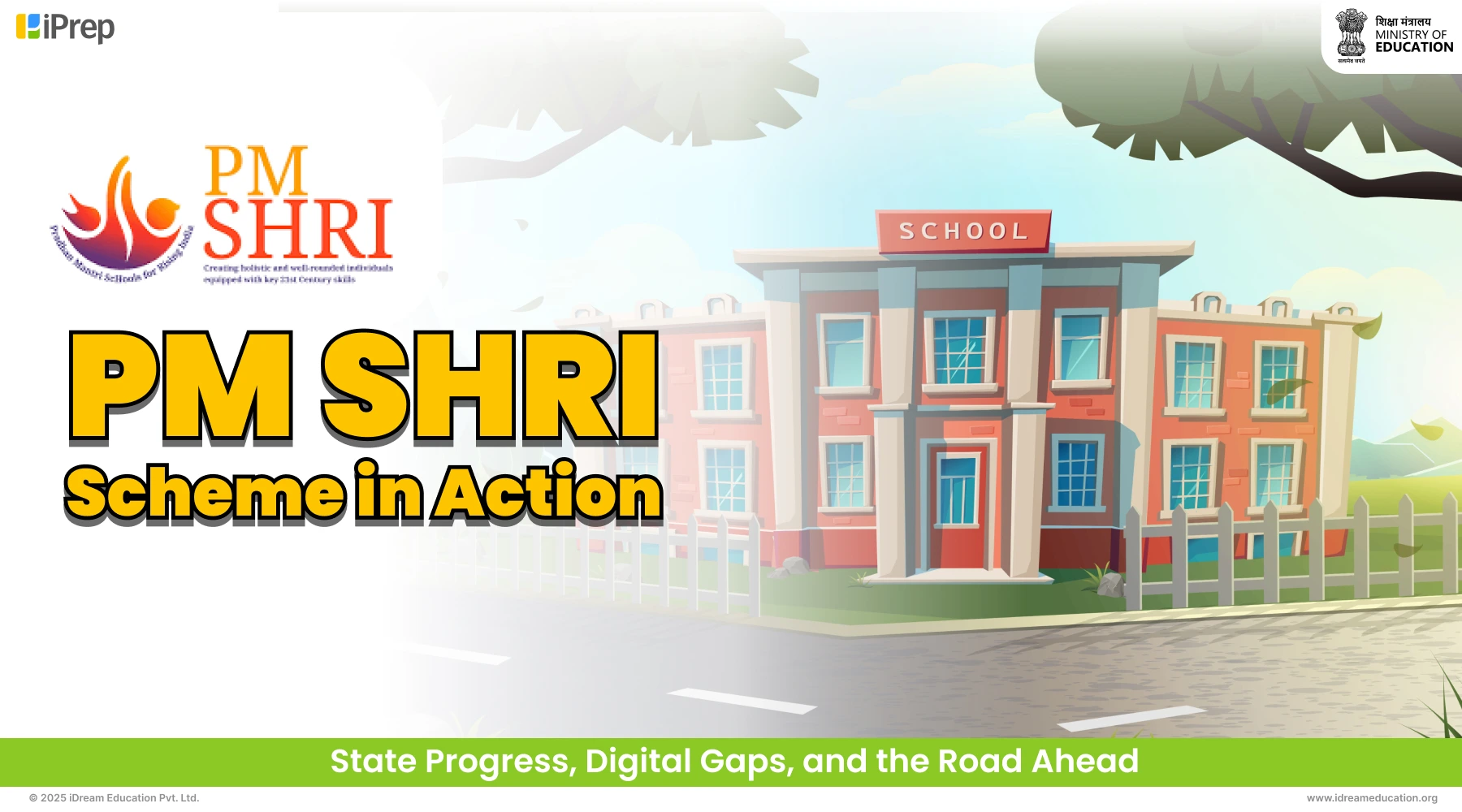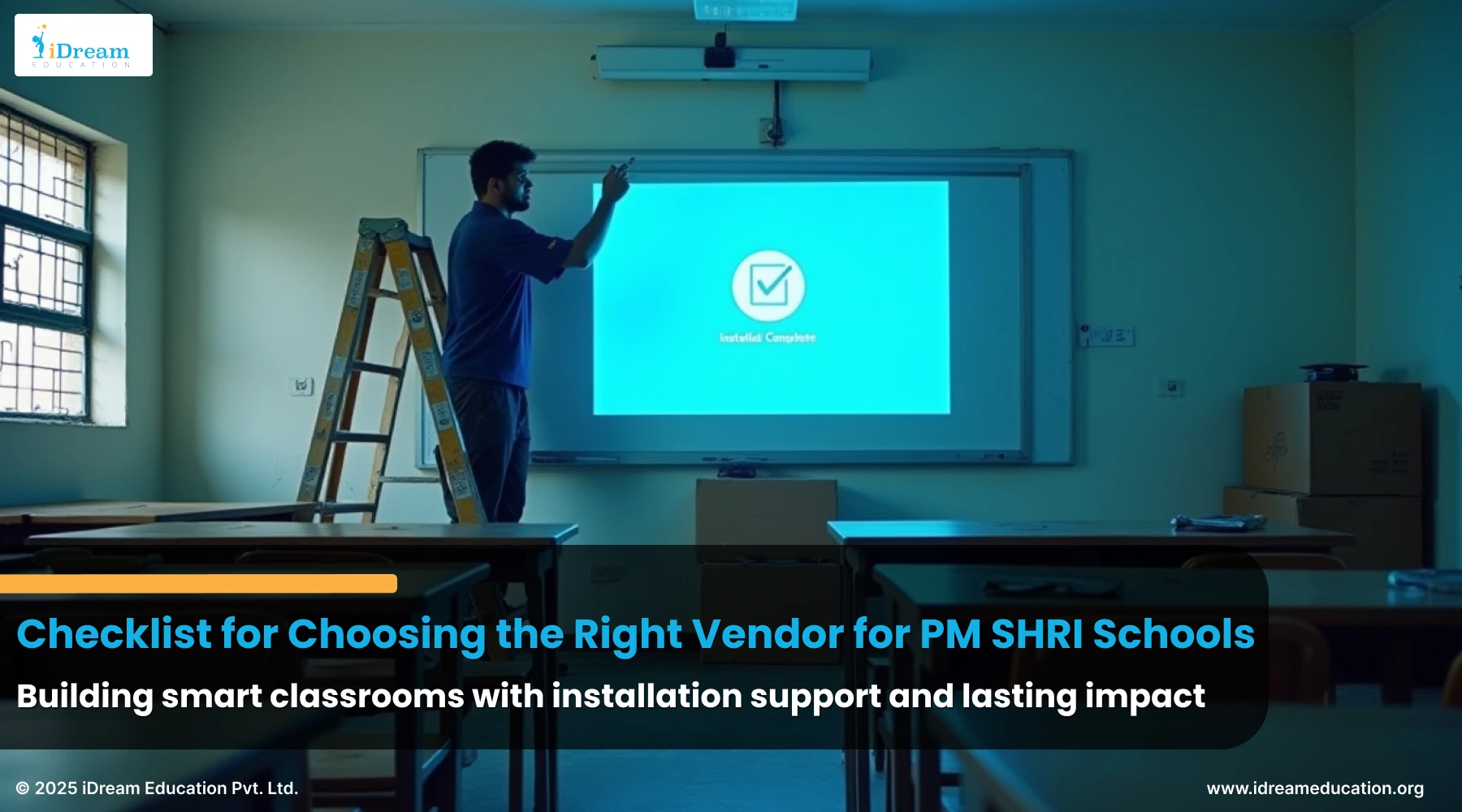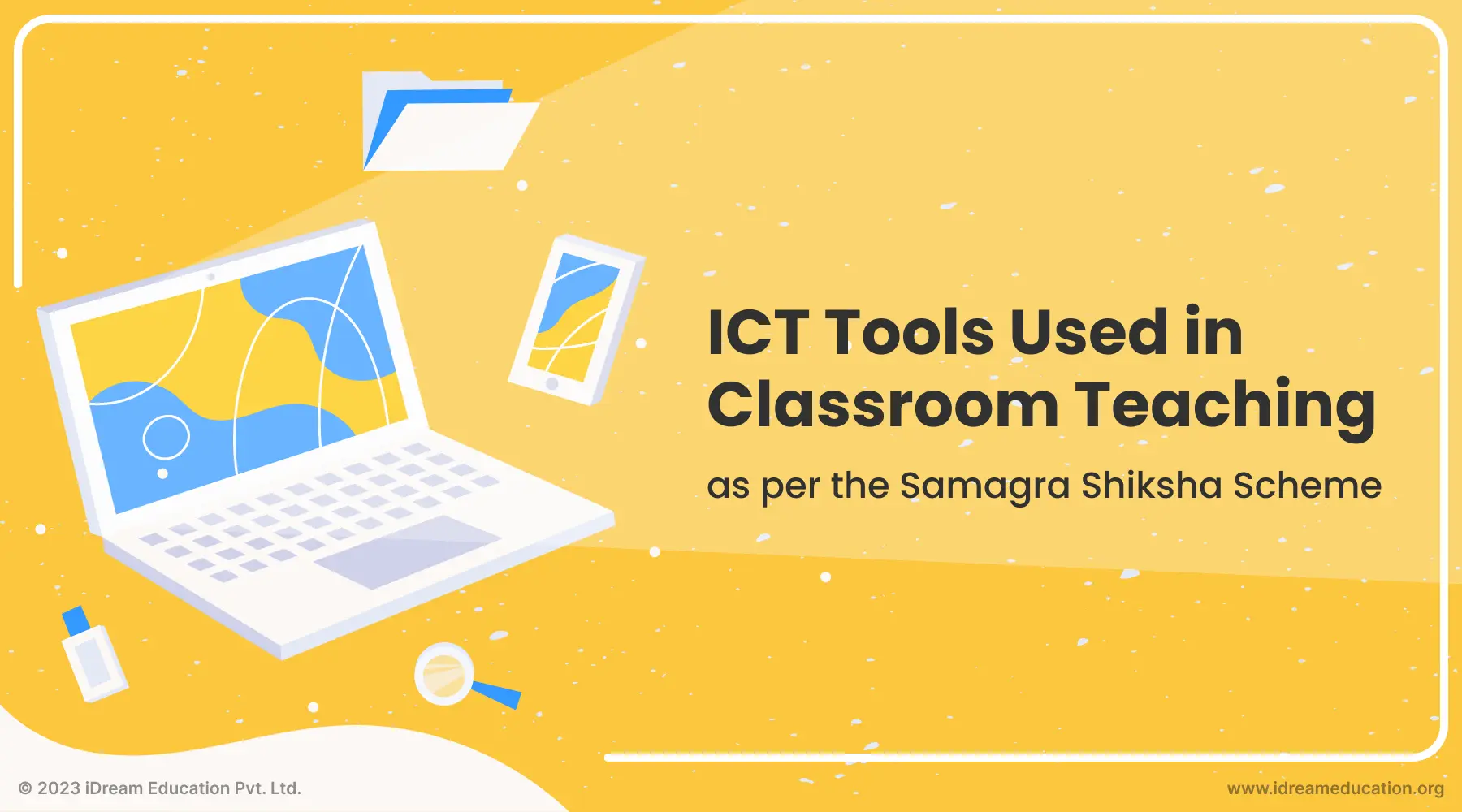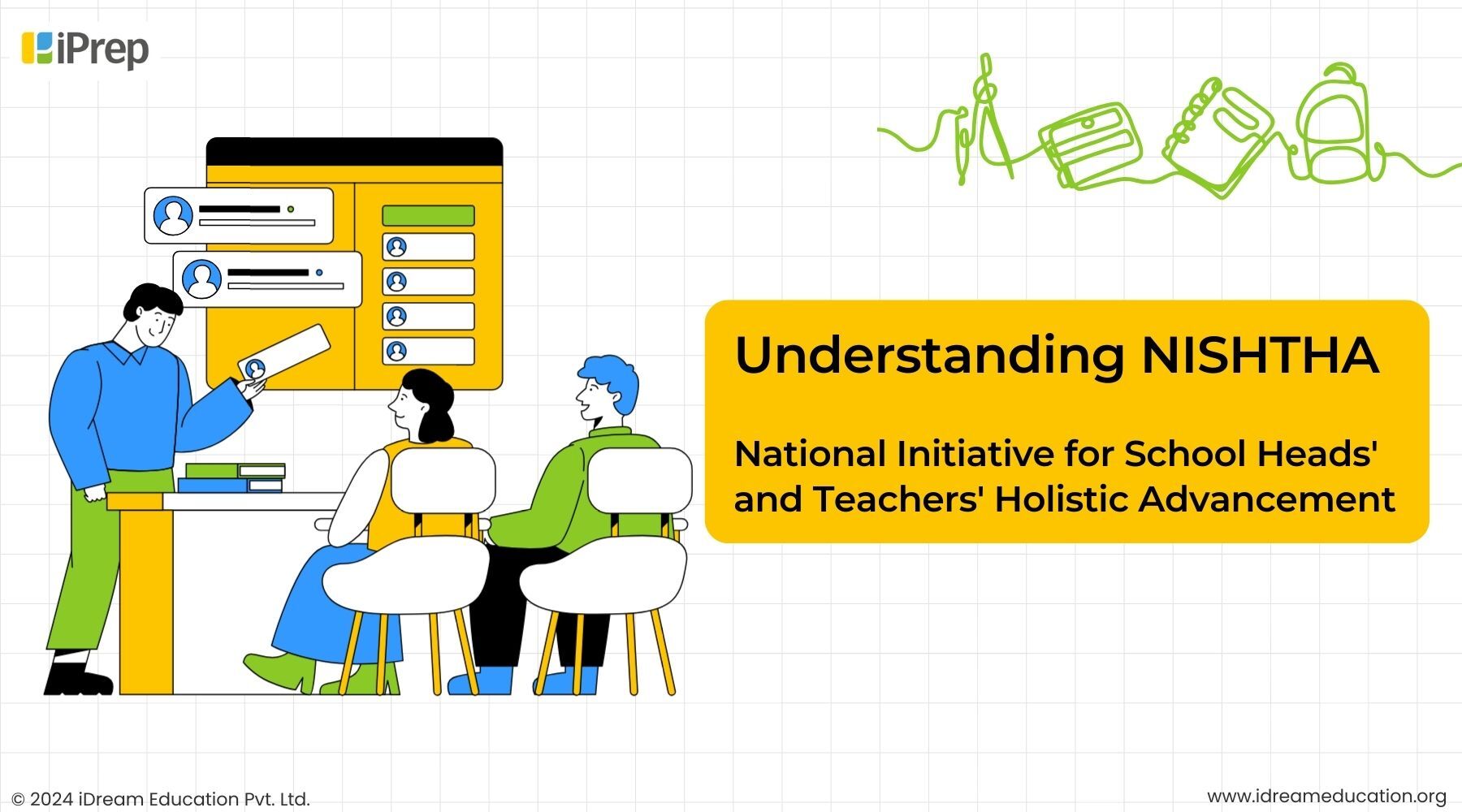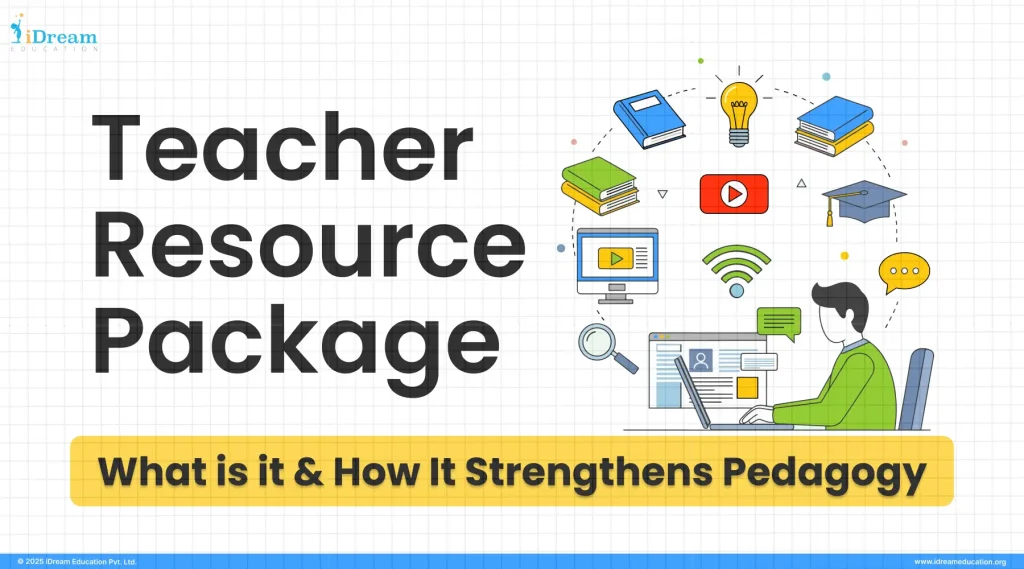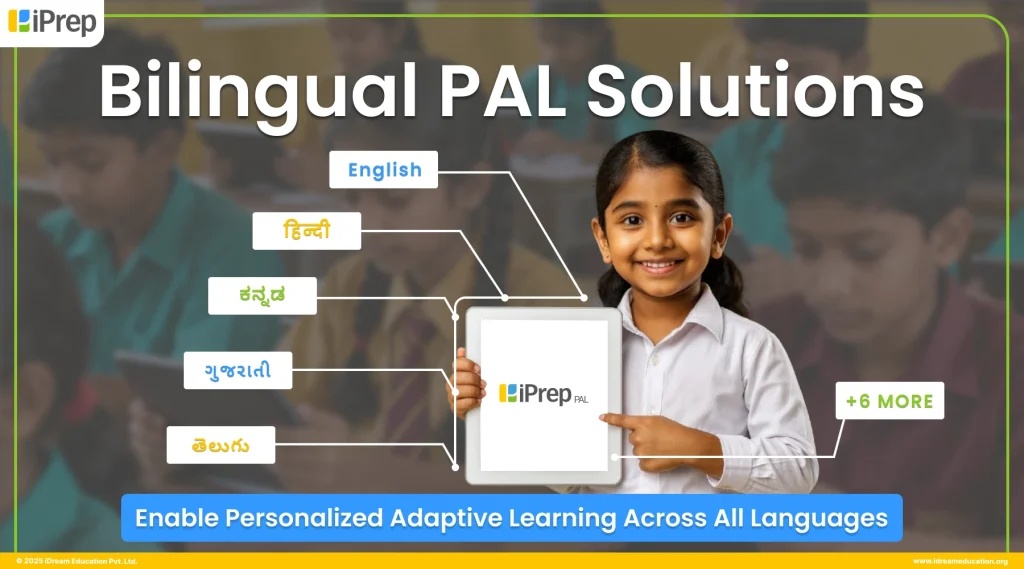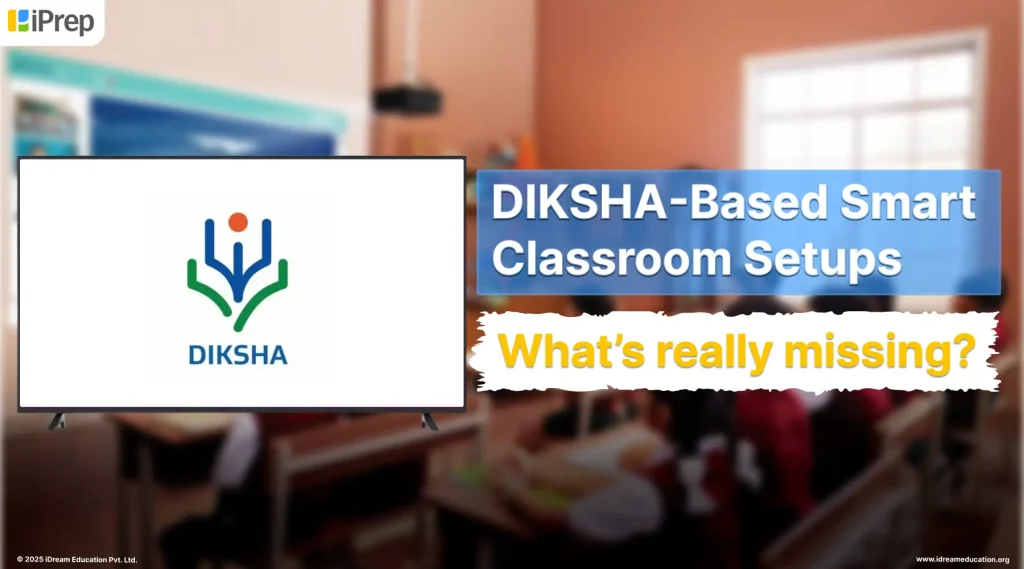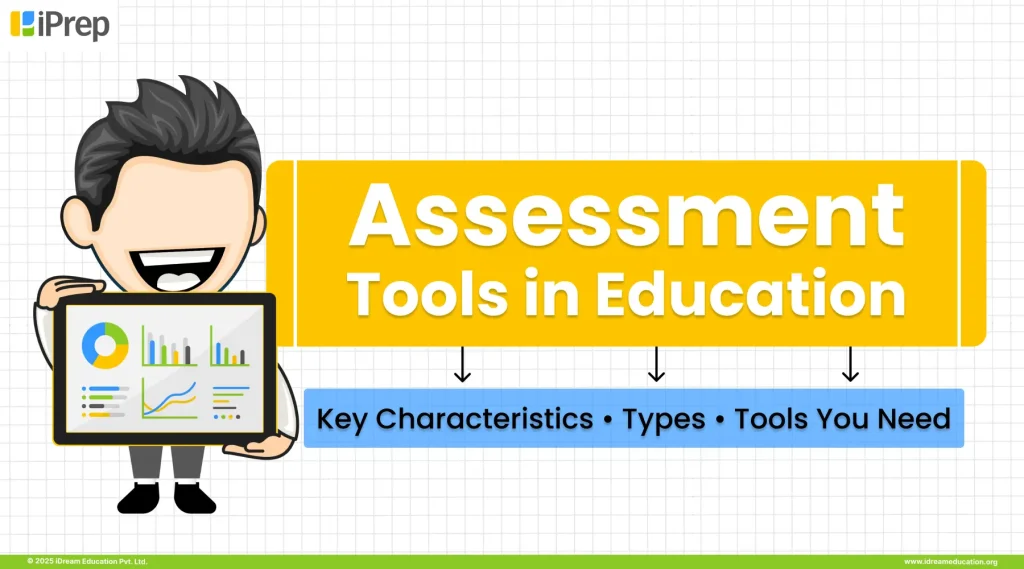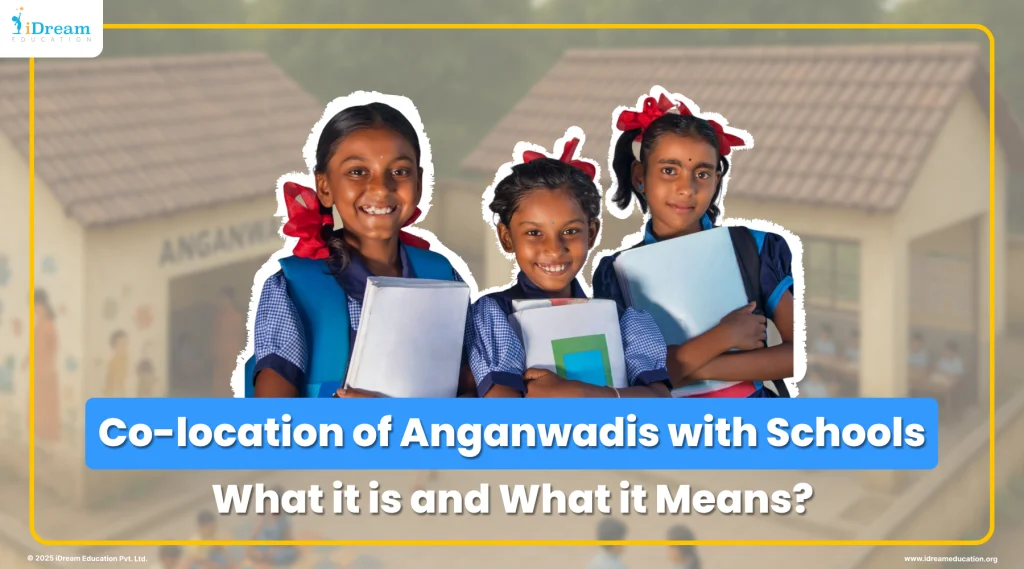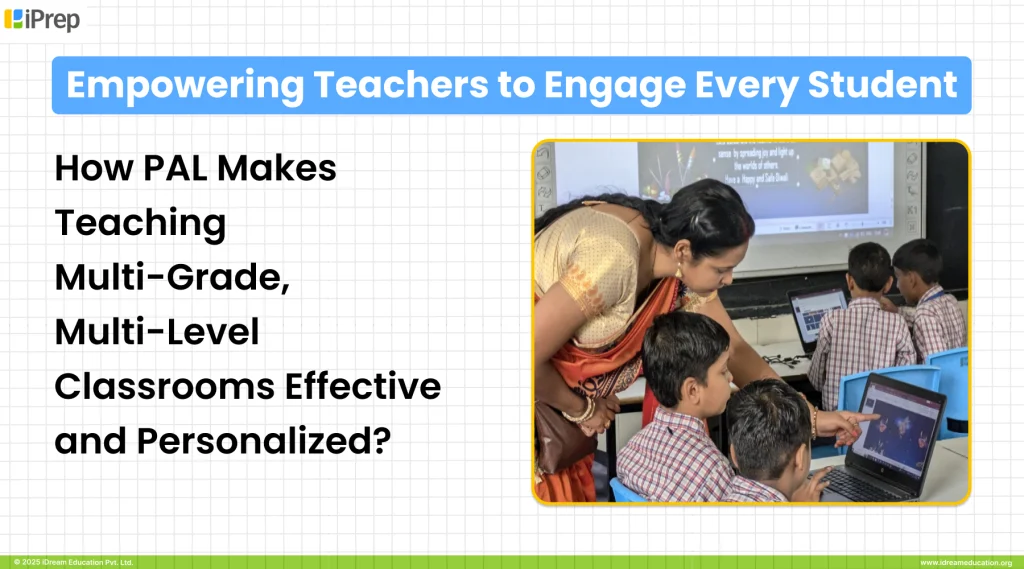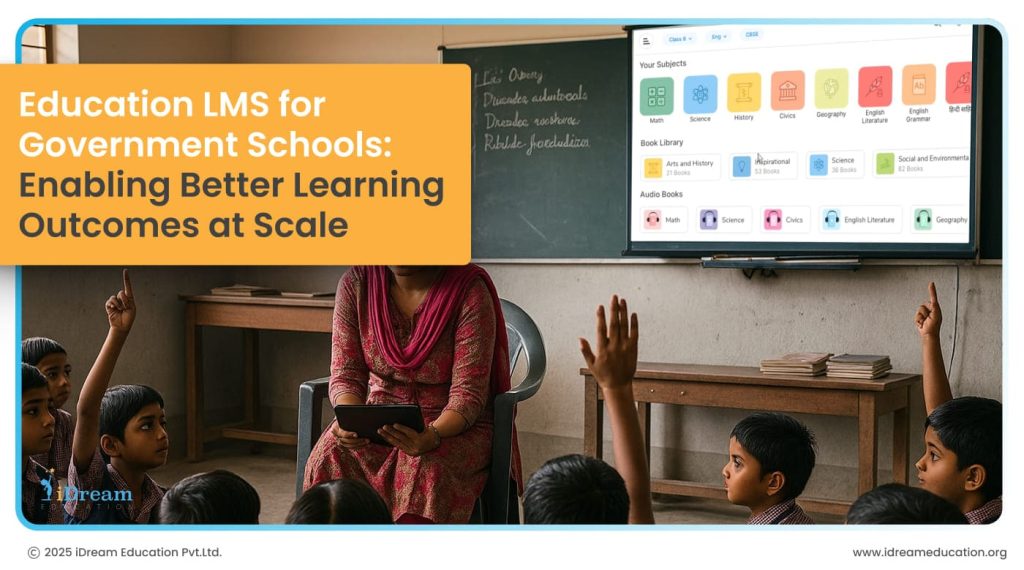
Walk into any district education office, and you might see the rising number of digitised classrooms. But when someone quietly asks, “Are students actually learning better?” Silence, that’s the real challenge in India’s government schools today.
Despite significant efforts to encourage attendance with free lunch and school books, students struggle with foundational skills. As per the ASER 2024 report, half of all Class 5 students, regardless of whether they’re in government or private schools, still can’t read a basic Class 2-level text. This highlights the urgent need for an education LMS for schools solutions that address learning gaps.
Why We Need an Education LMS in Government Schools
Education LMS solutions enable consistent learning experiences across diverse environments. They work offline, deliver content in local languages, and adapt to varying infrastructure conditions.
Students in remote districts lack regular access to digital learning tools as they are shared among siblings, limiting screen time. And in such areas, an education LMS designed for last-mile learning becomes crucial.
Furthermore, parents in rural areas are not digitally literate. They struggle to guide their children through online content and to troubleshoot a stuck screen.
This means, even if your school is equipped with smart classrooms and digital labs, the learning gap stays wide.
That’s why education LMS for government schools are designed for low-resource settings. They work offline and deliver personalised learning in local languages.
For example, the Karnataka Government partnered with Samsung in a project where iDream provided its pre-loaded digital content and LMS on 5860 tablets to students, in over 292 schools across 16 districts. Students can access lessons through a structured LMS in a personalized learning environment. Will this bring better outcomes at scale while keeping students engaged? Yes, over 70000 hours of content consumption by students have taken place already.
Technology Empowers Equal Learning
Since 2020, the National Education Policy has emphasised adaptive learning technology, so students can learn where they are at academically and linguistically.
With an LMS, students can do just that. The system tracks their progress, adjusts content automatically, and flags when a teacher should step in.
However, digital content isn’t enough. What matters is how it’s delivered. An effective LMS helps each student to learn regardless of connectivity or device limitations.
How LMS Drives Learning Outcomes in Indian Government Schools
In 2025 and beyond, can an education LMS for government schools help students score better and enjoy learning too? Yes, and it’s already happening in classrooms where LMS is used the right way. Here’s how:
Personalised & Competency‑Based Learning
Traditionally, teachers teach in the usual way regardless of students’ pacing and understanding. But with LMS, you can personalise learning.
LMS for schools can exactly find what the learner can and can’t grasp. This helps the student understand lessons in easy steps and boosts confidence.
For instance, a study of nearly 20,000 students using personalised adaptive software showed an average 44 per cent improvement in learning goals across subjects like business studies, geography, and economics.
Data‑Driven Instruction & Integrated Reporting
With LMS, teachers don’t need to guess or worry about Priya or Arjun, who are weak in specific lessons. You can track engagement and performance in real-time.
However, tech alone is not enough. Research by Prof. Amina Charania and Central Square Foundation in Madhya Pradesh confirmed that smart-classroom tools only boost learning when paired with teacher training, localised content, and ongoing support.
This means LMS tools work best when they’re embedded into a larger ecosystem of teaching and support.
From Covering Syllabus to Mastering Concepts
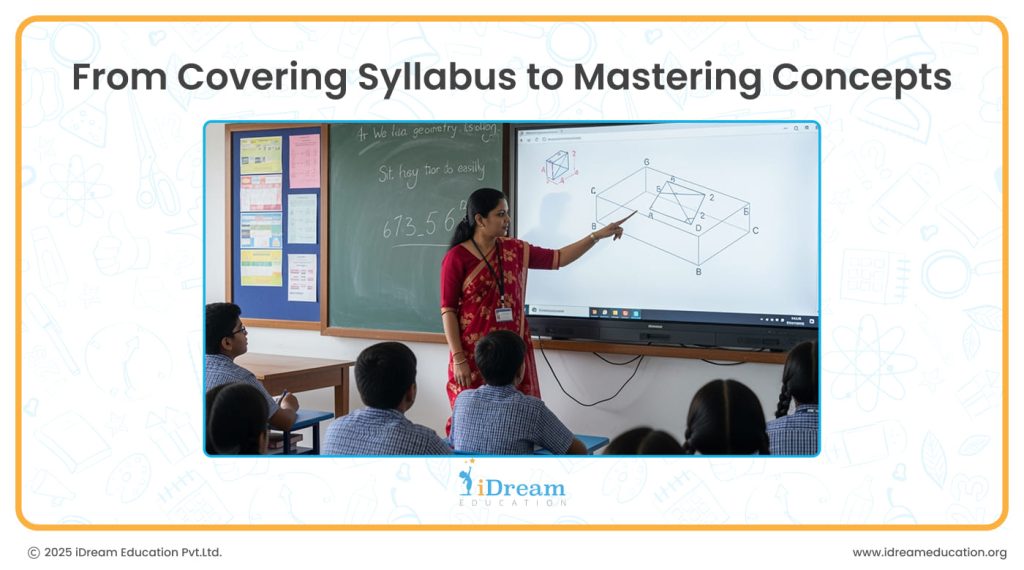
Traditional classroom management often requires teachers to maintain pace with curriculum schedules, potentially leaving some students behind.
However, with an LMS, you can see exactly who’s struggling and with what. You can assign remedial content based on live performance data. This ensures students finish the syllabus and also understand complex concepts easily.
How iDream Education Drives Learning Outcomes in Government Schools
In government schools where students learn at different levels, iPrep, a K12 learning app, enables personalised learning experiences, no matter the setting.
iPrep Learning Platform & iPrep Digital Class
Trusted by government schools across India, iPrep serves as a comprehensive learning platform that addresses diverse educational needs. It offers multi-grade, bilingual content aligned with NCERT and state boards.
Whether you’re teaching Class 3 English or Class 10 Science, iPrep’s curriculum-aligned content makes lessons simple to understand, visually engaging, and easy to teach. You can also track learning progress in real time across remote locations. iPrep, a K12 learning app, is the bridge between digital content and classroom teaching, helping teachers deliver better lessons.
iPrep PAL for Adaptive Learning
iPrep PAL, a school PAL application (Personalised Adaptive Learning) uses AI to guide students from where they are to where they need to be, step by step.
It uses diagnostic tests, instant feedback, and personalised practice paths to ensure every learner can progress at their own pace.
It’s designed with the EdTech Tulna framework, ensuring measurable learning outcomes and equity across learning levels. This makes it effective in diverse classrooms of government schools.
iPrep Tablets Enable Engaging Learning
Not every government school can set up a full smart classroom. But with preloaded learning tablets by iPrep, students can access engaging learning content.
These tablets are preloaded with interactive videos, stories, and activities aligned with NCERT and state board syllabi, and available in multiple languages.
You can share these devices across classrooms, or students can take them back home. Even when used offline, the tablet records every session and syncs data later when the internet is available. This helps teachers monitor usage and learning outcomes in real time.
Takeaway: LMS is the Pathway to Real Learning
When an LMS is set up in the right way, you’ll notice that students who once hesitated to raise their hands are now confidently solving problems on a screen; Teachers are helping every student master concepts, track their progress, and intervene when needed.
That’s the real value of an LMS built for India’s government schools. It works with limited internet, adapts to every child’s pace, and supports learning in multiple languages.
Education LMS solutions designed for India’s government schools provide measurable pathways to better learning outcomes. When implemented with proper support systems, they enable personalised learning at scale while working within existing infrastructure constraints.
At iDream Education, we’re equalising access to quality learning, ensuring that every student gets the chance to learn well, not just attend school.
Ready to partner with us in transforming learning outcomes?
Let’s discuss how an education LMS can address your specific challenges and drive measurable impact in your schools or education program.
To learn more, you may contact us at +91 7678265039.
You can also share your details here or write to us share@idreameducation.org.



